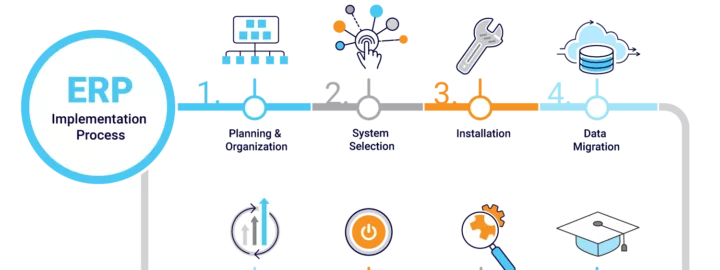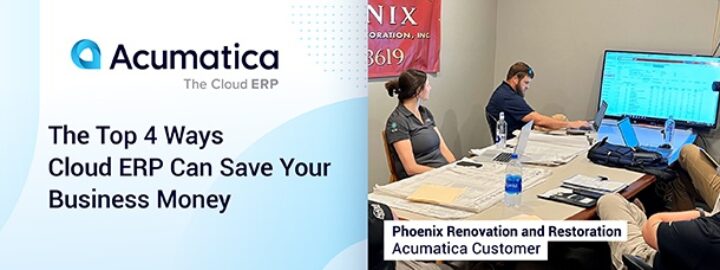Test Your Knowledge
Transitioning to an Enterprise Resource Planning (ERP) system is a major step—so, are you ready?
Take this quick quiz to see how well you understand the six essential areas every business should address before making the move.
What are some signs that your current accounting software setup may be holding your business back?
Answer
Signs include manual data entry, time-consuming and outdated reporting, trouble growing and scaling your business, and difficulty getting a comprehensive view of your operations. If you manage multiple entities, needing to log into separate systems is a major red flag. These inefficiencies signal it is time to consider a unified ERP solution.
Flip Card
Hint: Think about signs related to inefficiency, lack of visibility, and difficulty scaling.
What types of challenges can arise during an ERP transition—and why is it important to plan for them early?
Answer
The ERP implementation process and software transitions can bring various challenges. You’ll need to make sure the system can integrate with your processes and mission-critical applications. Costs may overrun, operations can be temporarily disrupted, and team members may resist using the new technology. Planning ahead allows you to identify risks, build contingency plans, and ensure your team is prepared to handle change effectively.
Flip Card
Hint: Consider technical, financial, and cultural obstacles that could delay or derail the project.
What makes up a strong change management strategy for an ERP transition?
Answer:
A strong change management strategy involves making sure the new system will positively impact employees’ daily work, letting them know the change is coming, and engaging all other stakeholders early on. ERP capabilities must be aligned with business processes and planned goals. The strategy should also include a plan for defining and completing each phase in the ERP implementation. Such a strategy guides your team through the change and builds support at every step.
Flip Card
Hint: Think about the three P’s: people, processes, and plans.
Why is preparing your team critical before launching an ERP system?
Answer:
Success depends on your people, and, if you don’t prepare ahead of time, even the best system can fall flat—because they may resist using it. Preparing your organization means offering training, communicating the reasons for change, and fostering internal champions. This ensures users adopt the system and use it effectively from day one.
Flip Card
Hint: Think about how your team members use technology every day.
What are the steps in executing an ERP implementation?
Answer:
Key steps to an ERP implementation include pilot testing the software with a small group, collecting feedback, and making improvements before full rollout. Continuous monitoring helps you track progress, adapt to challenges, and ensure the system delivers value across the business.
Flip Card
Hint: Think about how you could minimize risk, gather feedback, and adjust as you go.
After implementation, what can businesses do to make sure the ERP investment continues delivering value?
Answer:
Measure your ROI, reinforce the benefits of the system, and foster a culture of continuous improvement. Regularly review performance, provide ongoing training, and adapt workflows as your business evolves.
Flip Card
Hint: Think beyond the launch day—how do you keep improving?
Understanding each of these steps will give you the knowledge you need to approach your ERP transition strategically and position your business for sustainable growth.
Explore this topic further in our eBook: Successfully Transitioning from Basic Accounting Software to an ERP System.
 Canada (English)
Canada (English)
 Colombia
Colombia
 Caribbean and Puerto Rico
Caribbean and Puerto Rico
 Ecuador
Ecuador
 India
India
 Indonesia
Indonesia
 Ireland
Ireland
 Malaysia
Malaysia
 Mexico
Mexico
 Panama
Panama
 Peru
Peru
 Philippines
Philippines
 Singapore
Singapore
 South Africa
South Africa
 Sri Lanka
Sri Lanka
 Thailand
Thailand
 United Kingdom
United Kingdom
 United States
United States












